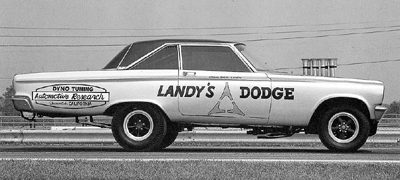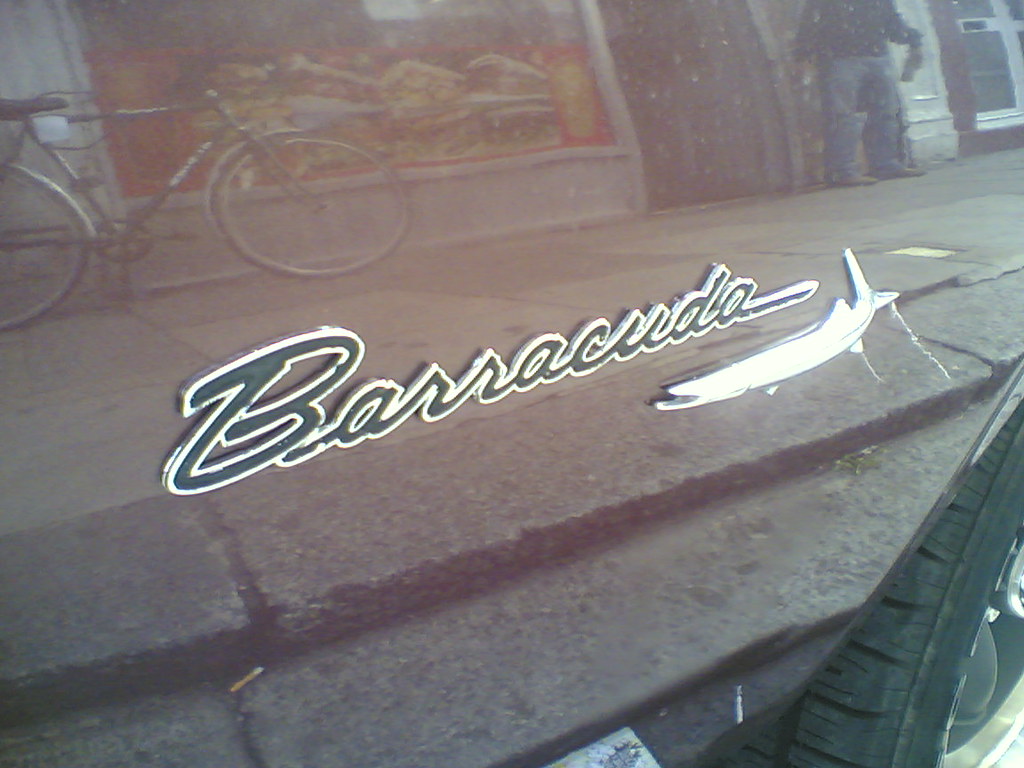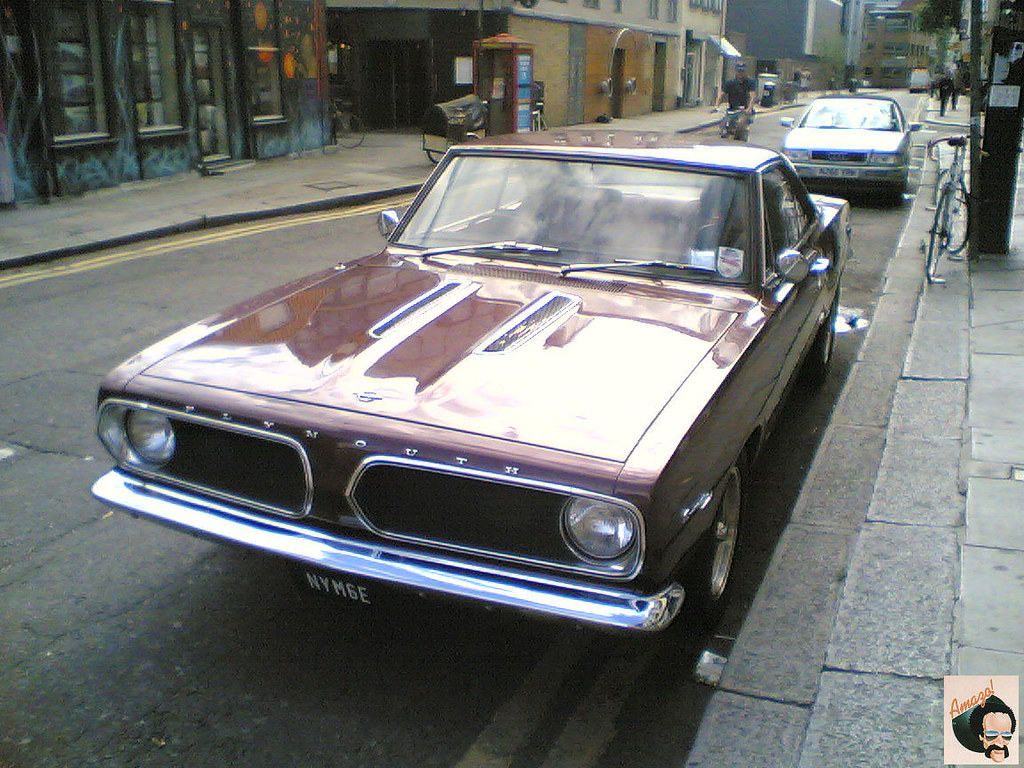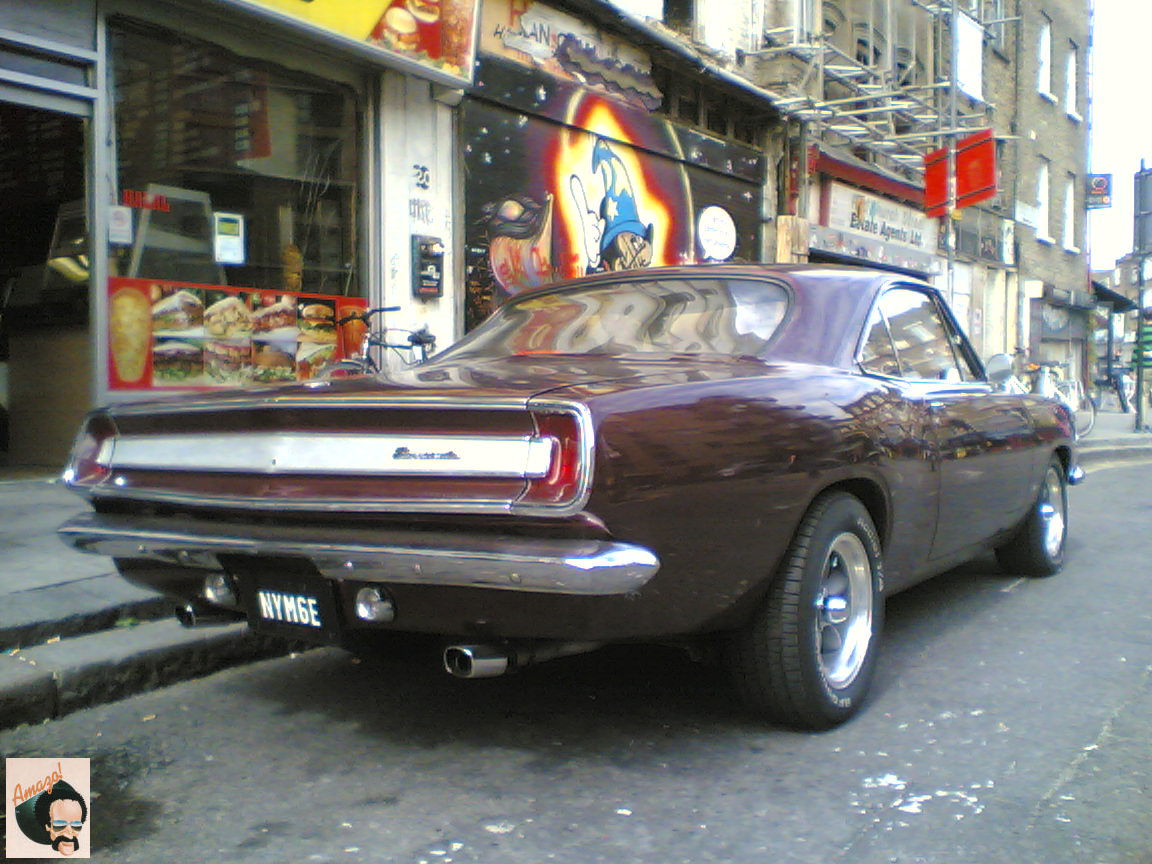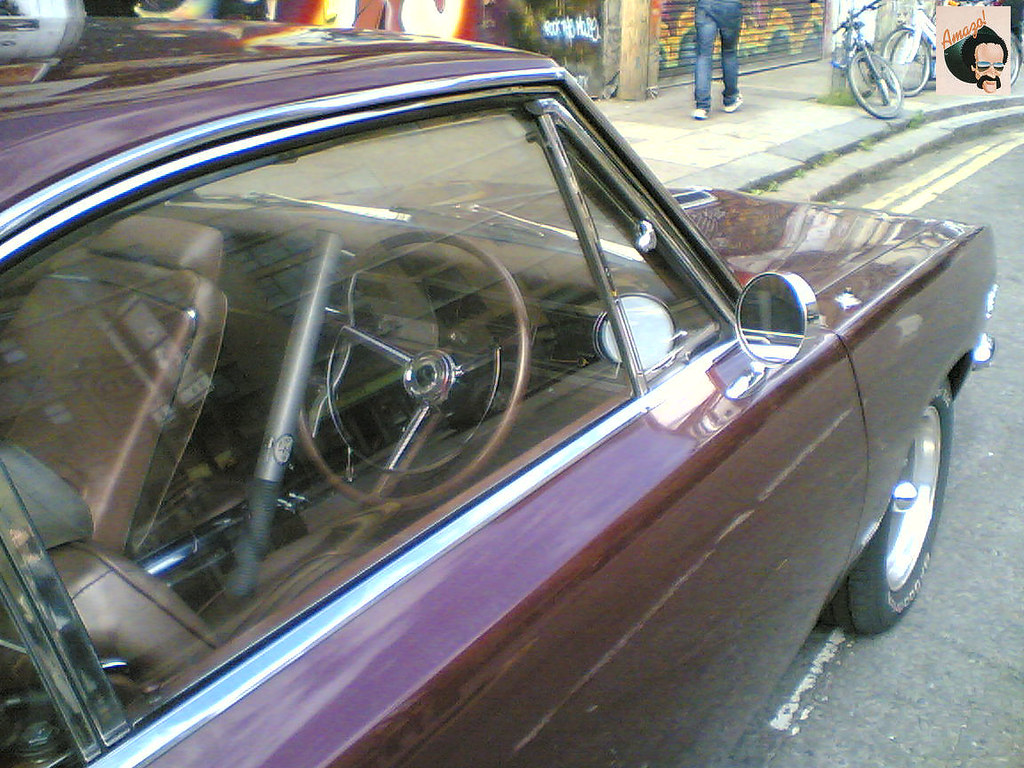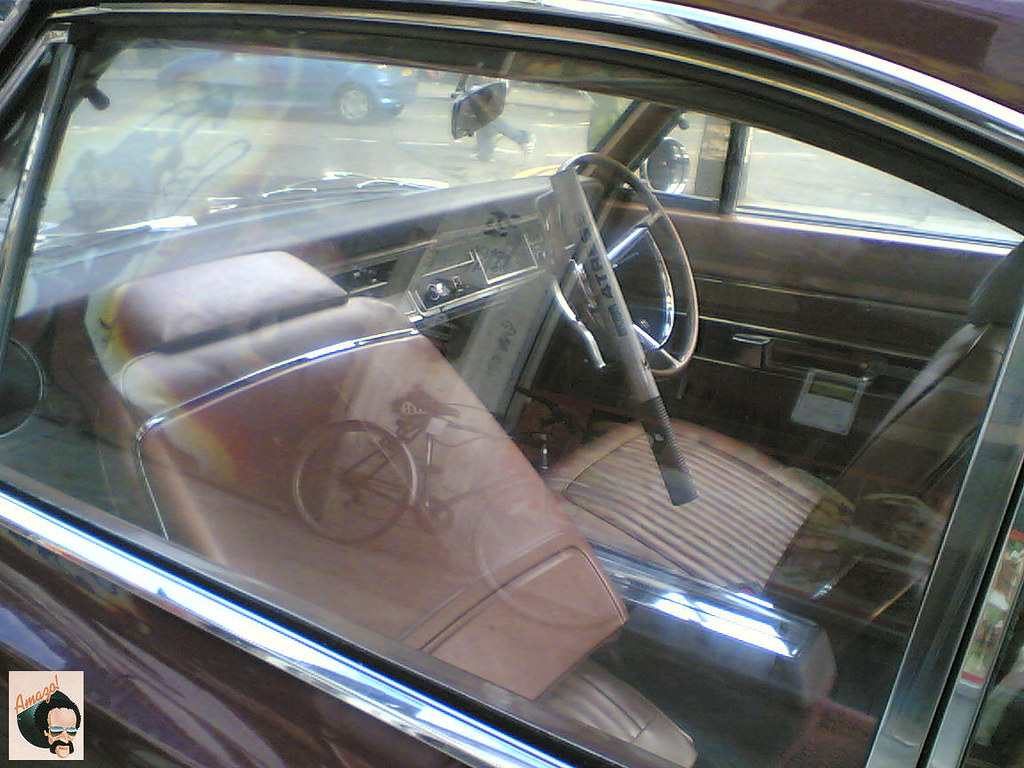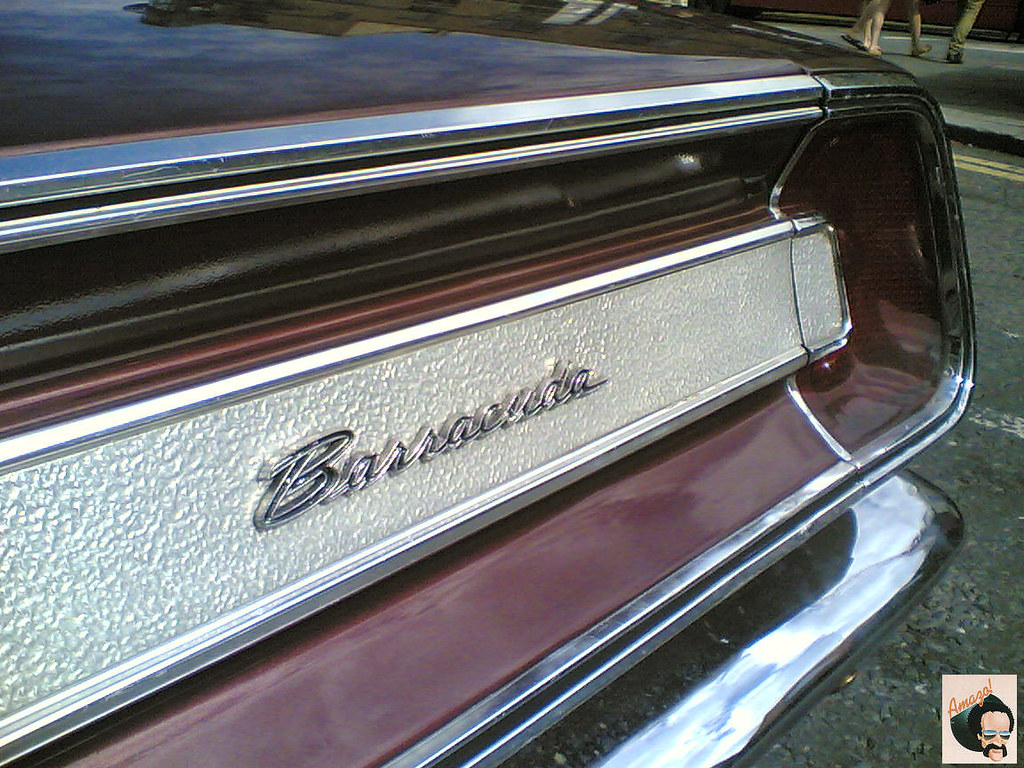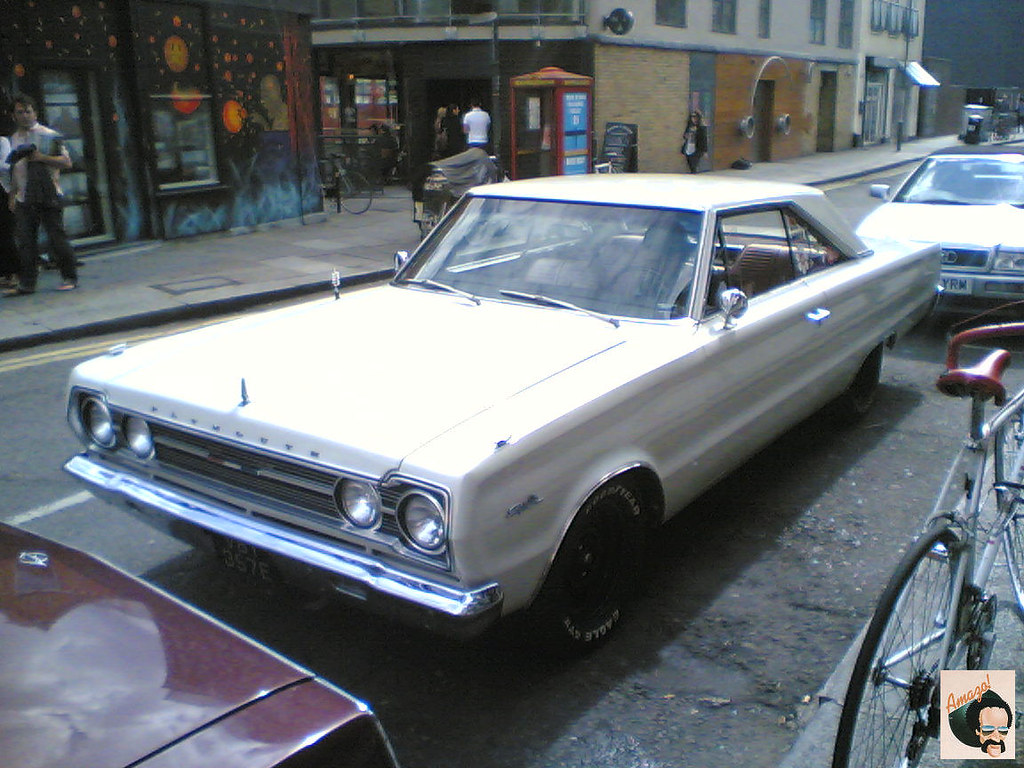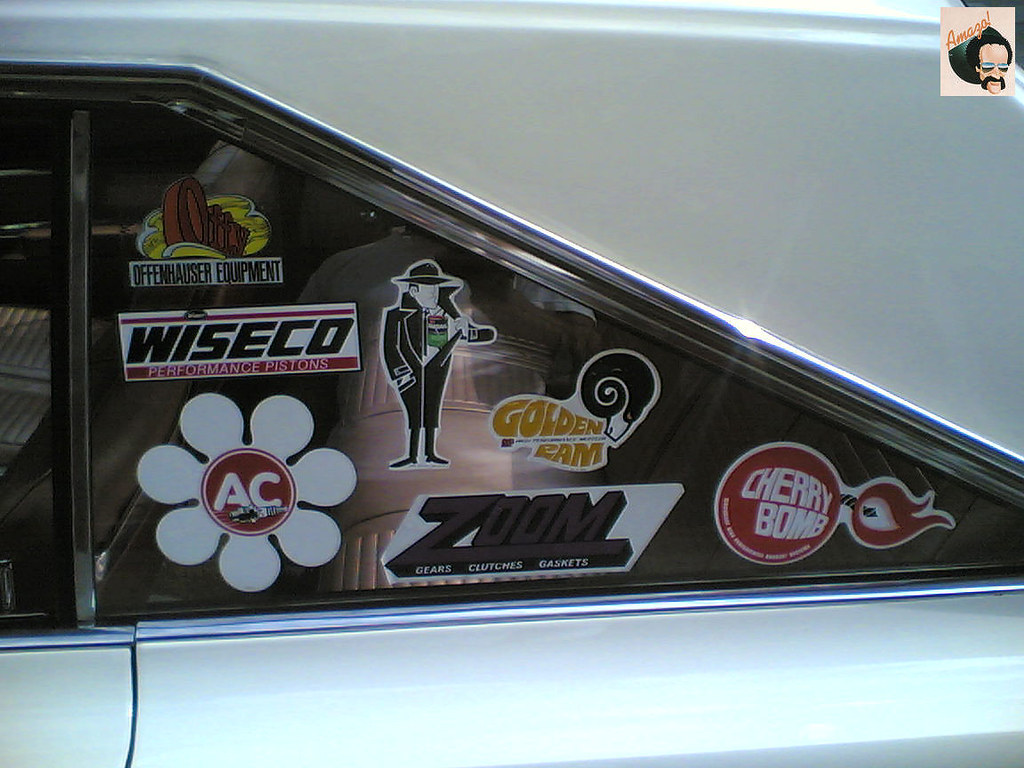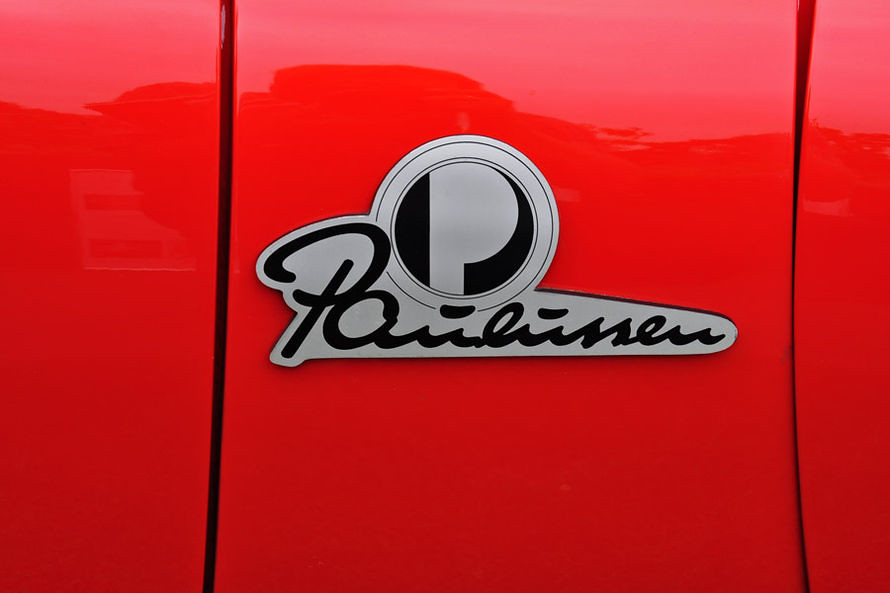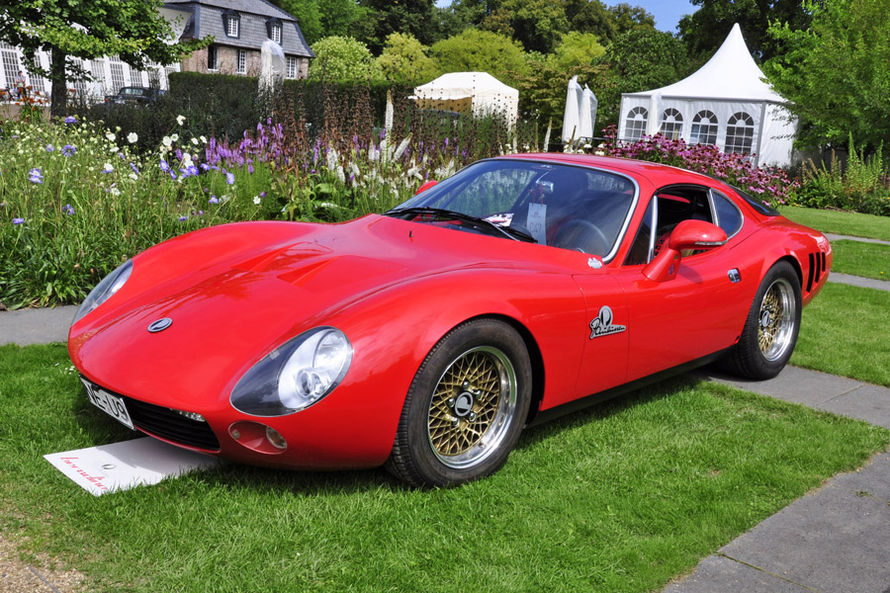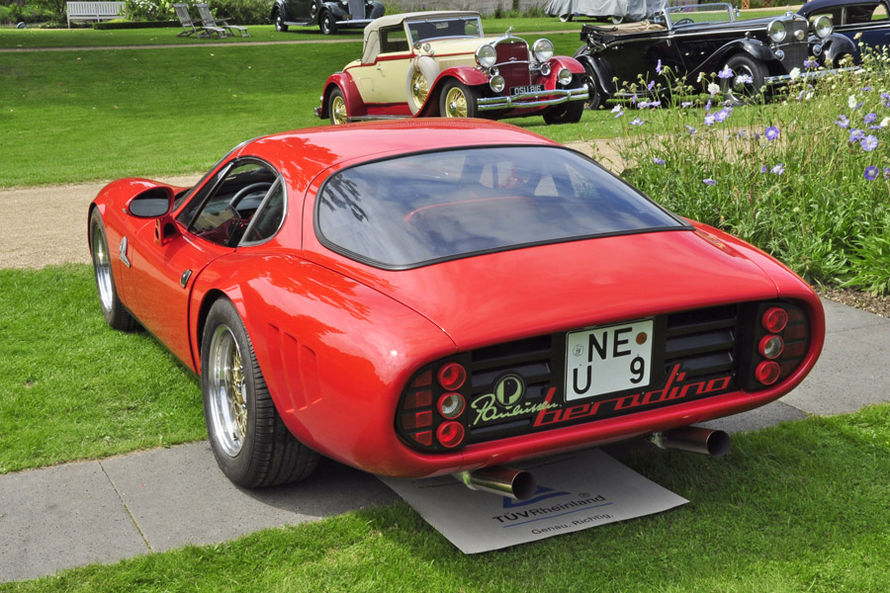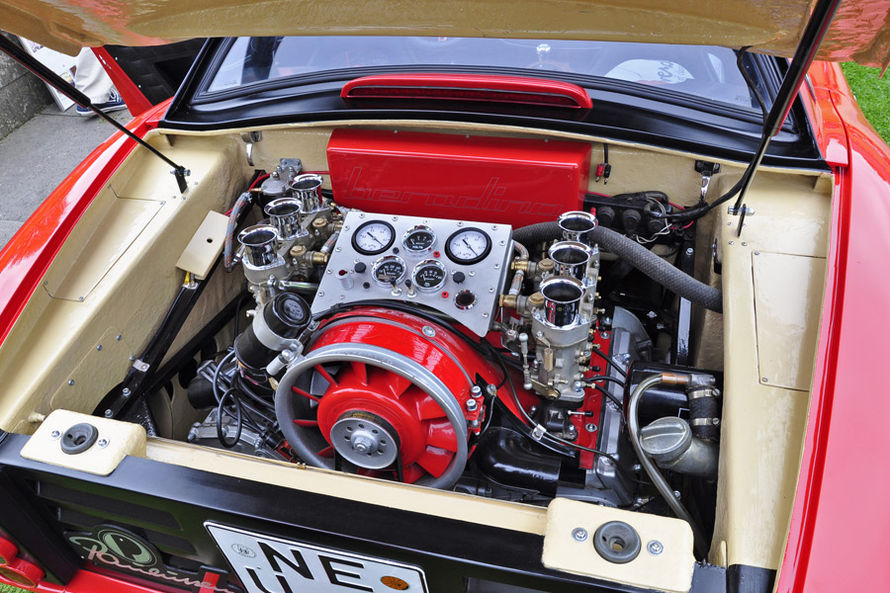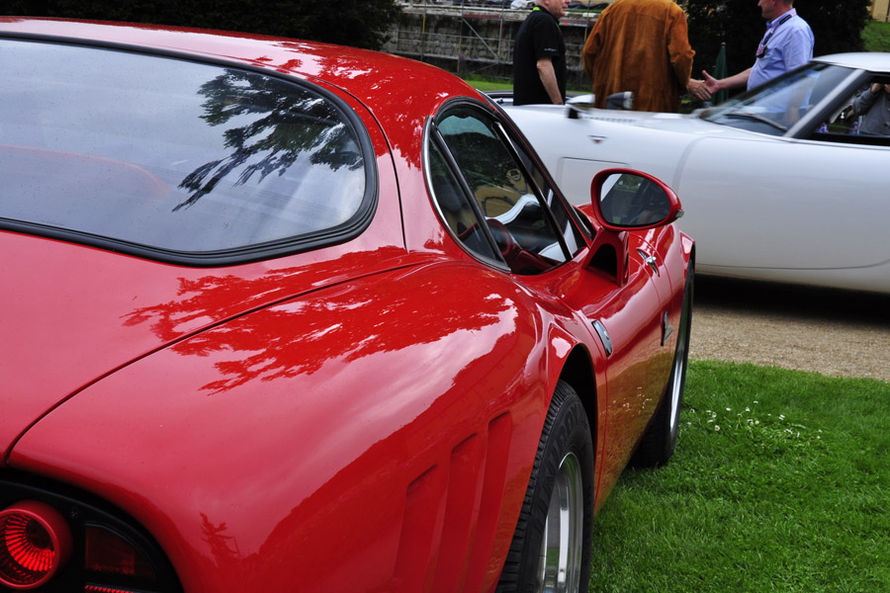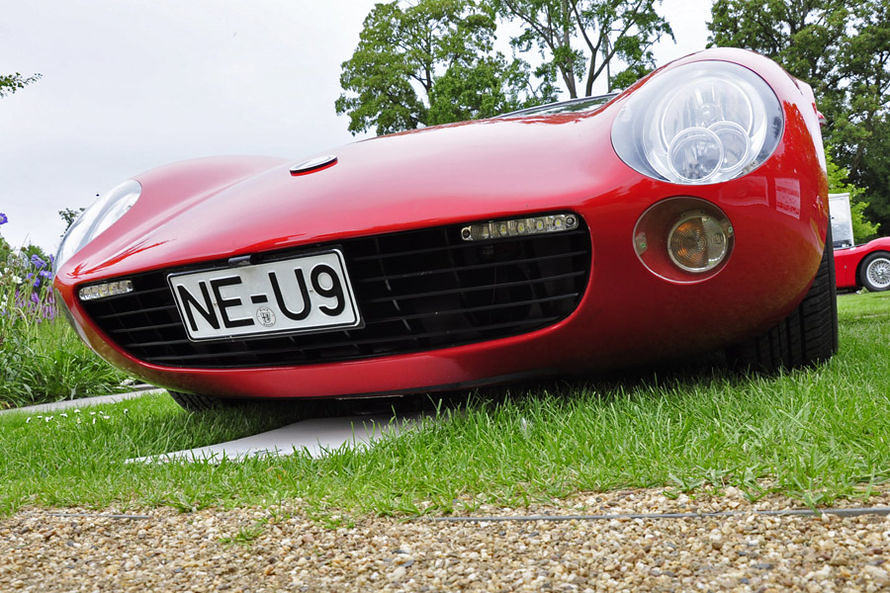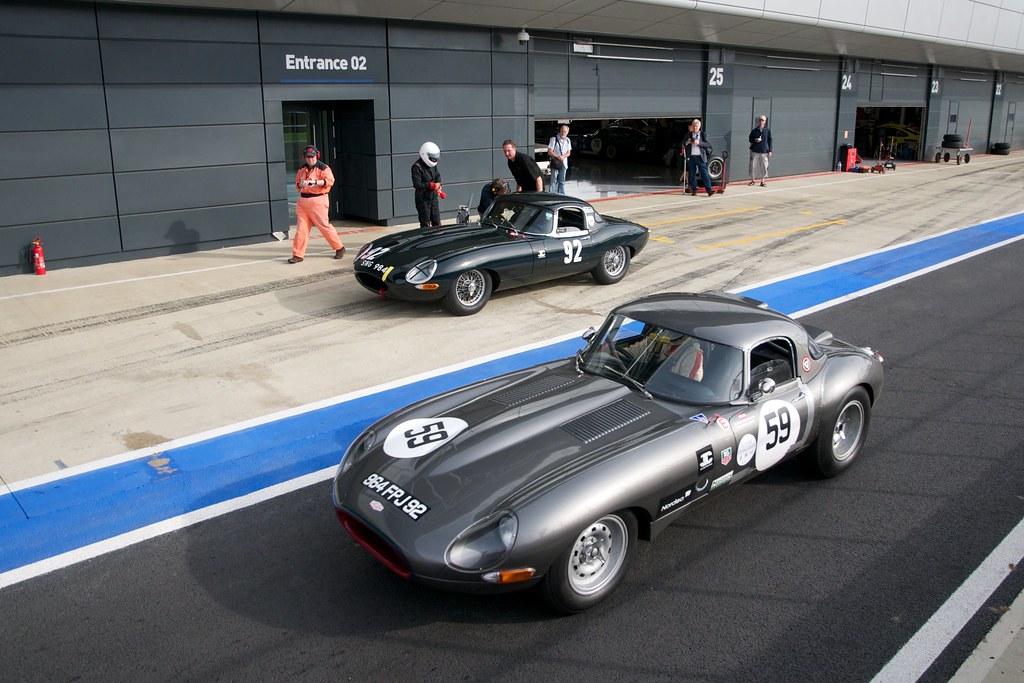It's holiday time at Amazo Towers; we're all off for mirth, mayhem and motors at various locations. Feel free to peruse the archive vaults and seeya in September!
Pages
▼
30 August 2011
19 August 2011
Drag Racing History - Dick Landy's 1964 Dodge: The First 'Funny Car'
In the spring of 1964, Chrysler Corporation built a small number of Dodges and Plymouths powered by its new 426 ci Hemi engine. These were to be used in sanctioned drag racing. California racer "Dandy" Dick Landy was given access to one of the first of these cars, a Dodge 330, and he campaigned it during the summer of '64. These cars were raced in NHRA's Super Stock class with either automatic or 4-speed transmissions. Dick Landy competed in this class at the "U.S. Nationals" on Labor Day weekend of '64 with his silver Dodge. The car had an automatic trans so it was lettered with "SS/A,", super stock automatic, and its competition number "676".
In the fall of 1964 Landy decided to go "match racing" so he made several radical changes to his car. To reduce weight he removed all of the front suspension and replaced it with leaf springs and a solid front axle from a Dodge van. Because traction can be improved by having the rear axle carry the majority of a car's weight, Landy relocated the rear axle forward about 8 inches. The front suspension was moved forward about 6 inches. These changes moved the majority of the car's weight over the rear tires. Landy used the car in this configuration for numerous match races in me last few months of 1964.
In late 1964 Chrysler was building 1965 production cars and several special race cars, the "A/FX's" for the upcoming 1965 racing season. About a dozen of these cars were to be built with the rear axles moved forward 15 inches and the front wheels moved up 10 inches. These were at first called "altered wheelbase" cars and they were intended to compete in NHRA's "A", factory experimental class ("A/FX"). However, given an early preview of me first altered wheelbase car, the NHRA abandoned this idea.
Also in late 1964 some unknown individual observed that the radically altered wheelbase Mopars appeared somewhat silly-looking from the side view. The front wheels were almost touching the front bumper while the rear wheels were very close to the doors. This person came up with the phrase "funny car." Chrysler went ahead and completed several of the A/FX cars. They first raced at the winter AHRA meet in Phoenix in early 1965. Dick Landy received one of the altered Dodges and he ran at this meet. In films of this event the announcer was calling the Mopars the "first funny cars".
Note that Landy's 1964 Dodge was converted to an altered wheelbase configuration and was at the strips at least three months before the factory's '65's raced at Phoenix. Although the factory '65's had more "alteration" (10" front/15" rear versus Landy's 6" front/8" rear) it is clear that Landy's 1964 Dodge is truly a "funny car". Since Landy's 1964 Dodge was on the tracks first, it could legitimately claim the title of "The First Funny Car".
17 August 2011
Buenos Aires Temporada 1000 kms, Jan 9 1972
Start of the race, with the Ronnie Peterson/Tim Schenken no.30 3.0 Ferrari 312PB leading the no.6 3.0 Alfa Romeo 33TT3, shared by Toine Hezzemans and Rolf Stommelen.
Street Life: Plymouth(s) Rock!
It's all go at at the creative think tank that is Amazo Towers, getting half an hour to pop out for some sushi and a green tea (OK, a packet of Nice n' Spicy Knick-Knacks and a Strawberry Ribena) is usually a luxury. But the other day, half an hour turned into more like two, when a Barracuda swam into view:
A 1967 A-body, Second Generation Plymouth Barracuda notchback, to be exact:
And as I was dribbling over the Barracudas lines, this turns up to ensure my tongue unravels to the floor like you see in the old cartoons; a B-Body First Generation Plymouth Satellite:
The kebab is long forgotten, but I'll dine on the memory of this fine Mopar duo for a good long while.
A 1967 A-body, Second Generation Plymouth Barracuda notchback, to be exact:
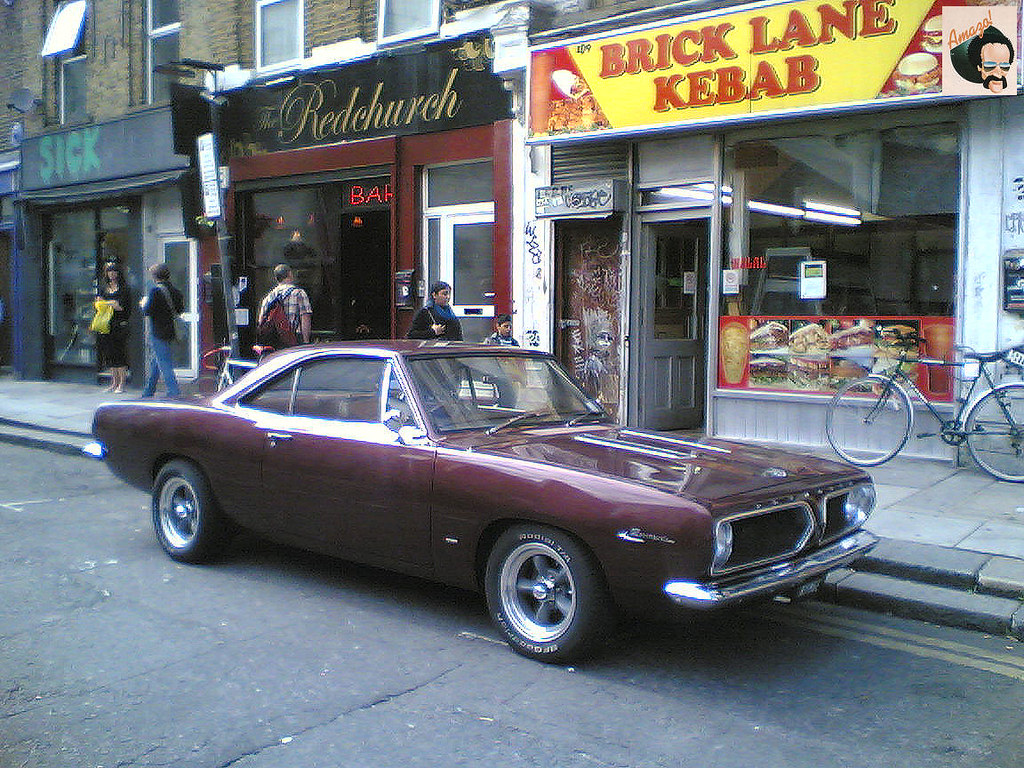 |
| OK, forget the sushi and the Knick-Knacks; I had a kebab. satisfied??? |
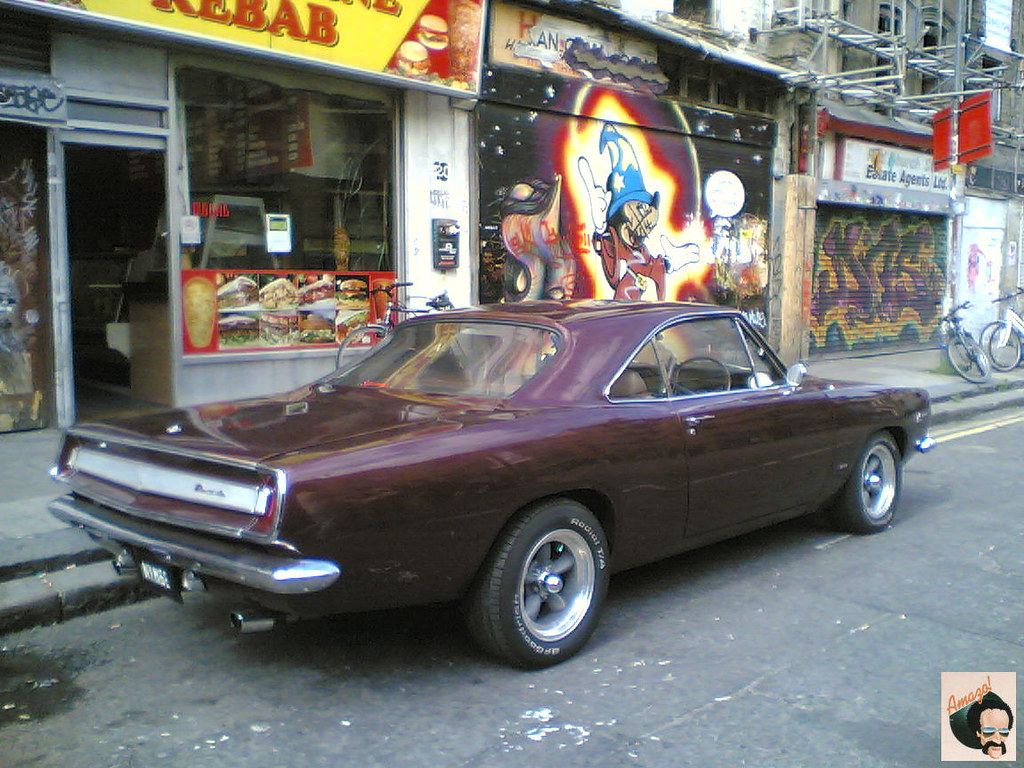 |
| No sign of Chernabog or bucket-wielding mops, but the car is pretty fantastic. |
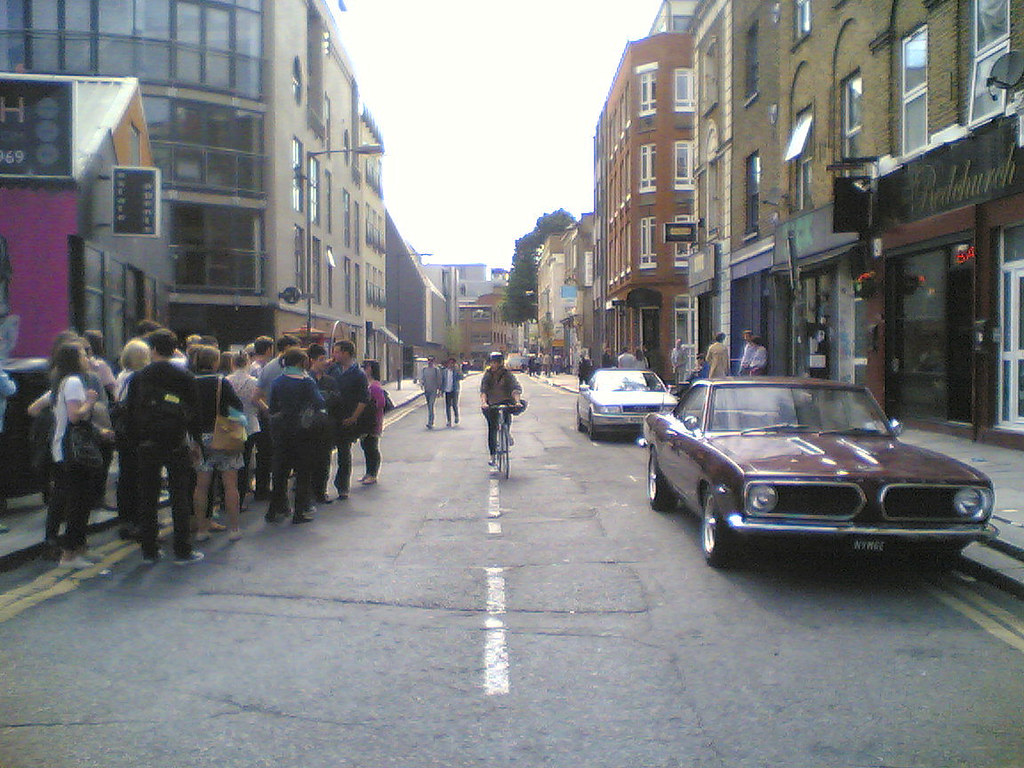 |
| Draws crowds wherever it goes. Which is a bit inconvenient going through the car wash. |
And as I was dribbling over the Barracudas lines, this turns up to ensure my tongue unravels to the floor like you see in the old cartoons; a B-Body First Generation Plymouth Satellite:
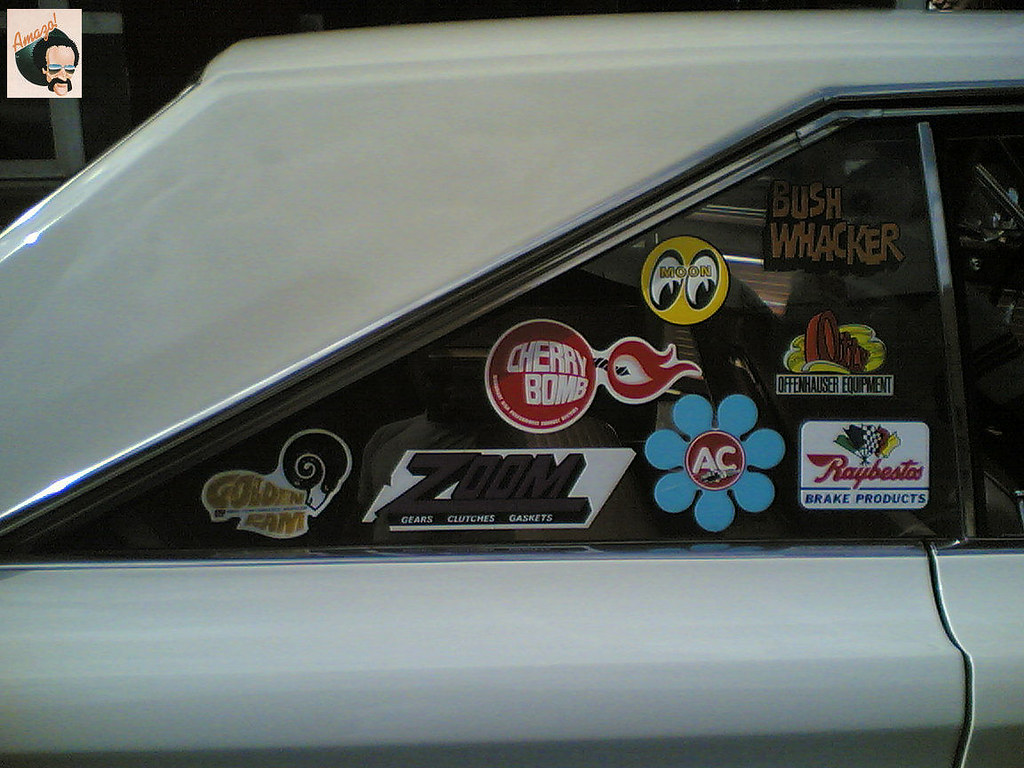 |
| Now this stickerbombing I like. Works better than on a 'twat-look' VW |
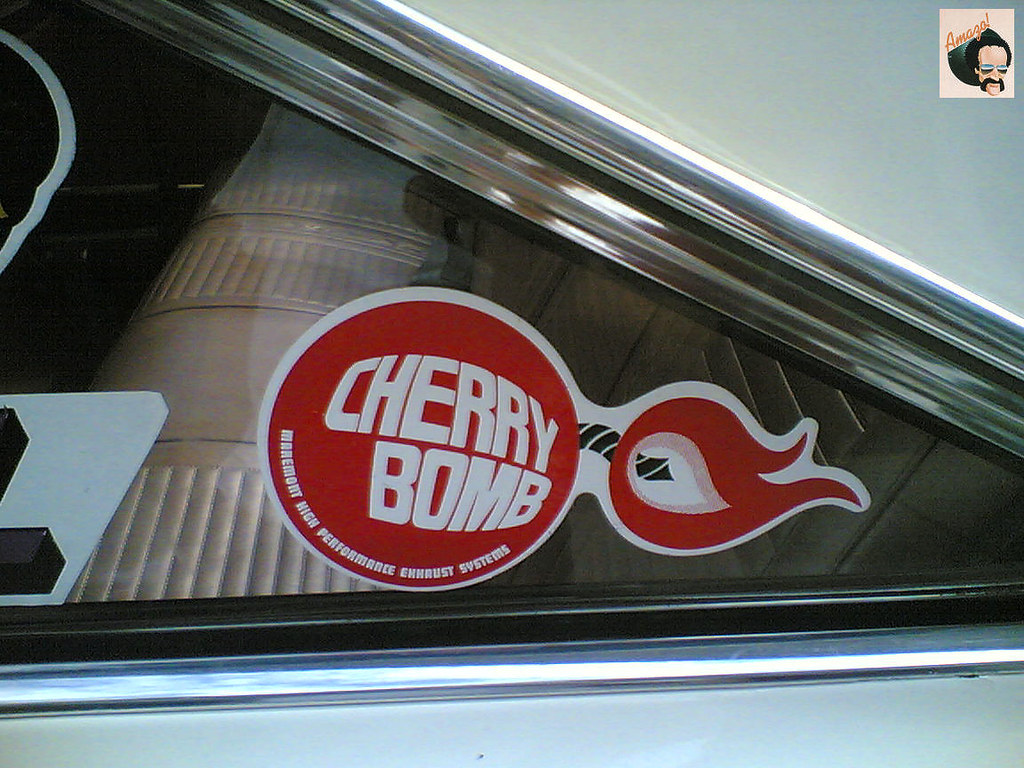 |
| So want this on a t-shirt! |
 |
| Black steelies and white lettering - very NASCAR |
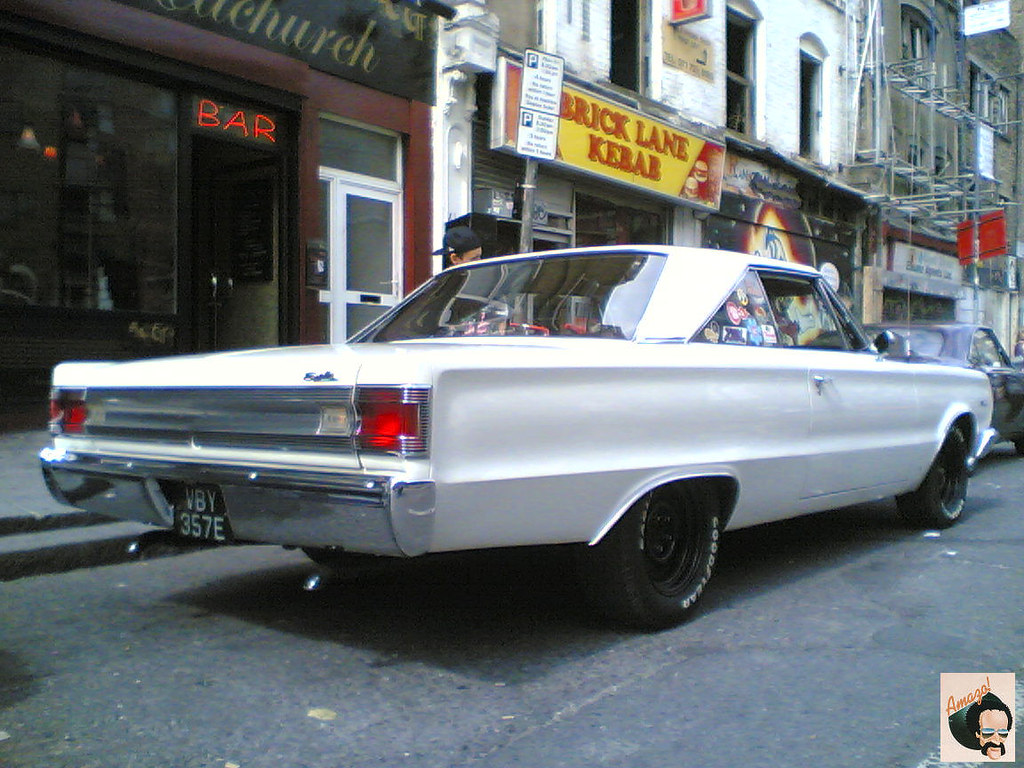 |
| Wasn't long before people started circling this Satellite. I'll get me coat... |
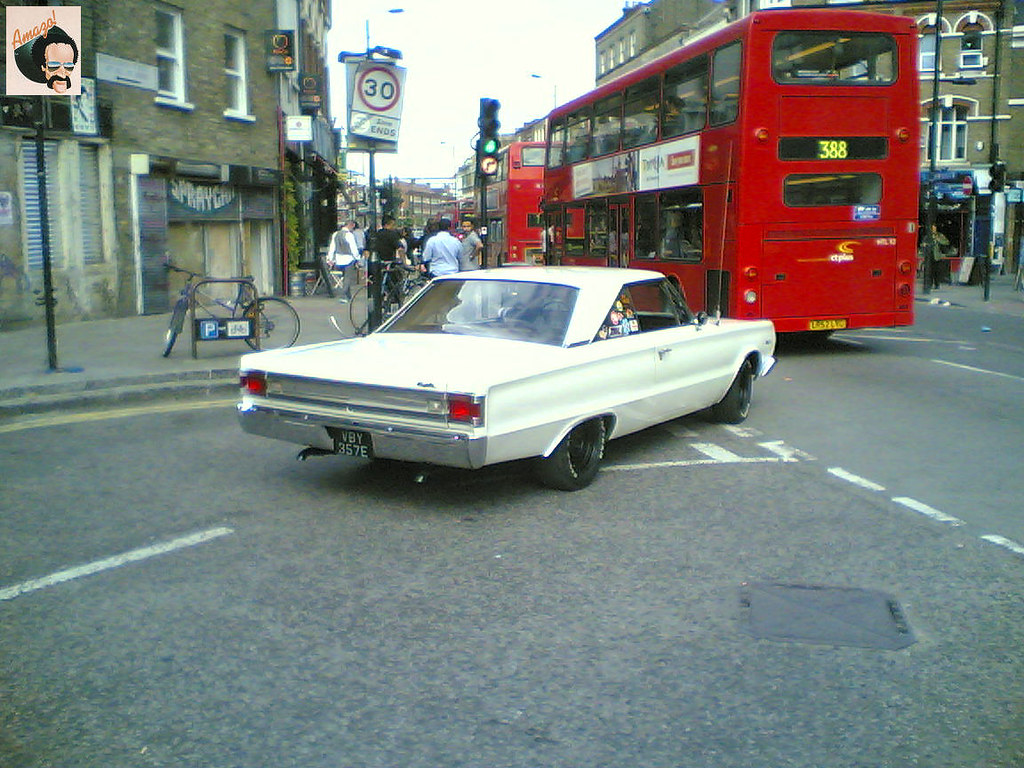 |
| And as quick as he arrived, he was gone... |
The kebab is long forgotten, but I'll dine on the memory of this fine Mopar duo for a good long while.
15 August 2011
The 50 year Dream - The Paulussen Beradino
Never heard of a Paulussen Beradino? That's because there's only one, and that took 50 years to finish. This dream car, built by Johannes P. Paulussen began in 1961 a project, built because he really wanted a supercar like a Lamborghini Miura, Ferrari GTO or Ford GT40, but didn't have the money to build one. It was registered in 1974 and driven on the road, but other things in life got more important and the car was shelved. Now, in 2011 it is - fingers crossed - complete.
Many visitors to the Concours d'Elegance of Classic Days, on the peninsula directly Orangerie at Schloss Dyck in Germany, stopped to at the curvy fire-red coupé. "What's that?"," It looks hot.","Is it a GTO?" or simply "Madness" were apparently some of the spontaneous reactions of people who saw this little beauty.
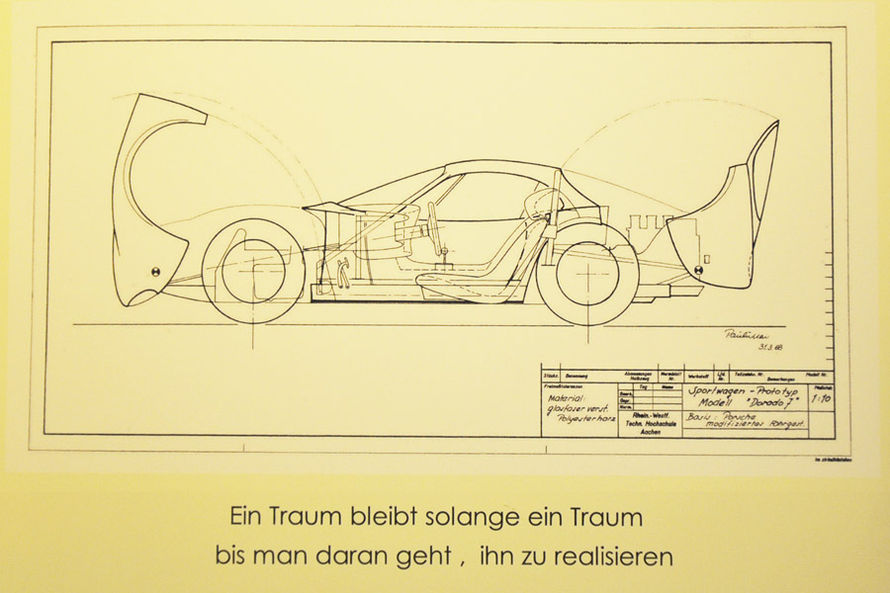 |
| This drawing dates from 1968; Here the flat windshield is to discern a special order. |
 |
| Not one but three: Paulusson designed the Beradino with a modular roof; as a coupe with a large rear screen or small vertical window- or as a convertible. |
 |
| The Paulusson-designed and built dashboard features minor gauges from a Glas 1700 GT , while the speedometer and tachometer are from an Iso Rivolta |
Now having taken care of the body, Paulussen turned his attention to the matters of of a suitable chassis and powertrain. He was in constant contact with the TÜV experts, as the car would have to pass their ultra-strict road car reguations if the car was ever to turn a wheel legally. "Without that, the car would never have happened." states Paulusson. So with that in mind and in the interests of reliability, the choice of engine was a 2.0 Porsche flat-six, which produces 110bhp. The chassis consists of elements of Porsche and VW Beetle: "braking, steering and electrics are from the front of the Porsche 356, a design not far removed from it's Beetle origins, with the rear being the transaxle from the aforementioned 911. The Paulusson-designed and built chassis is made from 40x100 mm square tubing with a wall thickness of 3mm; very stable, as well as TÜV-friendly. But he demanded an additional subframe for the Porsche engine - no problem for the talented Paulussen.
While the design and build of car sounds so simple on paper (or in a short paragraph), it took years in reality to build; approximately 7,000 hours were sunk into this car up to this point, and while some people would have thrown in the towel as the demands of life invaded, Paulusson perservered. In 1974 everything was ready and the Beradino had his first major appearance at an exhibition in the main auditorium of Aachen Technical University. A year later, the reward for all the years of hard work was a trouble-free TÜV inspection and Type Approval - in the papers under manufacturer: Paulussen, under type and design: Beradino hardtop.
In the following 15 years, Paulussen drove about 8,500 miles before the engine developed an oil leak and a loss of power; the engine would need a rebuild. The car was pushed into his garage - and the doors were shut. For 20 years.
"The Beradino fell into a deep sleep," admits Paulussen. Until 2009 the Beradino sat, biding its time and its creator's attention. And with Paulusson's retirement came the spark needed to bring the car back to life. Paulussen went back over the plans for his dream car from scratch, and with renewed enthusiasm worked from morning to night on the car."Its taken another 3,000 man hours." says Paulussen. Always with an eye for detail, parts of the car have been updated. "The headlights are from the New Mini, the mirrors are modified Porsche 993 items, the front indicators Golf MKVI." Never afraid to to make changes to his baby, its no wonder that Paulussen gave his car the nickname "the living project". In his first appearance after restoration and repainting it - RAL color 3000 flame red - the Beradino won an award for best in prototype class at Castle Classic Days 2011 Concours d'Elegance.
Theres so much more that could be said about the Beradino; the windscreen, which was created as one-off design, or the chrome, engraved and painted sills, or why the car named after the actor John Beradino, but no doubt it would fill a book. Johannes P. Paulussen sounds like the kind of passionate petrolhead most of us could quite easily spend hours talking to about cars; the Paulussen Beradino is a true labour of love and a living testament to his passion.
Hand-translated and refined from the original feature. So much for Babelfish.


